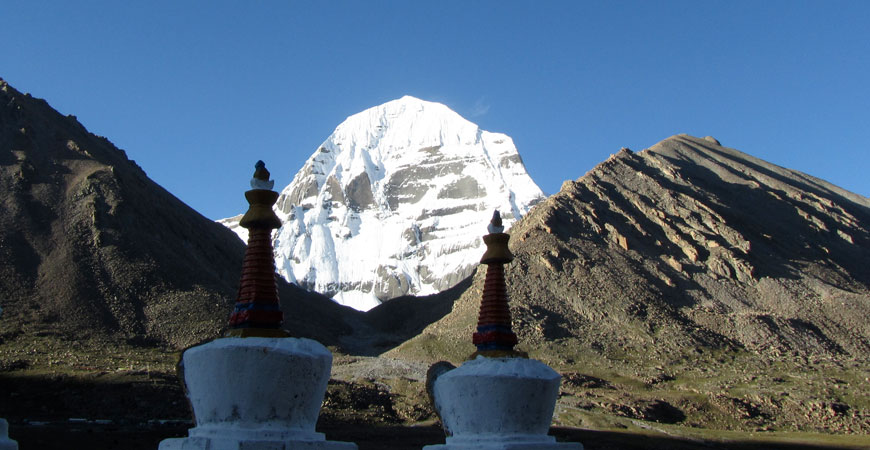Kailash Tour with Everest Base Camp
N/A
Per Person
Overview
Kailash Tour with Everest Base Camp is designed for those who are looking for cultural, historical, natural and pilgrimage tour. The tour starts from Lhasa and end at Lhasa. This tour covers interesting sightseeing tour of ancient Lhasa city and Kailash region. Kailash tour Lhasa is a mixture of easy culture tour to adventure and pilgrimage tour. This tour gives full satisfaction to both Buddhist and Hindus and also it gives satisfaction for adventure and culture lovers in the Roof of the world.
Best season for Kailash Tour with Everest Base Camp is April to September.
Nepal Tibet Tours & Treks is happy to organize your Kailash tour Lhasa. Every year we organize Kailash tour Lhasa Lhasa. We can tailor the itinerary as per your requirements. We extremely encourage our travelers to catch up the Himalayan silence through Nepal Tibet Tours & Treks! Please come and join with us to enjoy your holiday at Kailash tour Lhasa to Lhasa.
Included/Exclude
- Tibetan English speaking tour guide
- Accommodations as specified as above
- Private vehicle for all transfer per the itinerary in Tibet
- Private driver
- All necessary Travel permit
- Entrance tickets for all the sights per the itinerary
- Petrol for the tour vehicle
- Everest Region protection fee
- Car entry fee for Everest. B.C region
- Lunch & dinner, drinks, snacks (You can easily explore on your own, 1-10 US$ per meal)
- Tibet group visa, USD190 for US citizen, USD90 for other nationalities
- Nepal visa, $30 for a 15 days multiple entry tourist visa
- Personal Natural expense like Laundry, IDD calls, etc
- Bank Telex wire transfer processing fee
- Tips for your guide and driver
- Porter at Border if used
- Tipping and all not mentioned above
- Airfare KTM/LXA inclusive of Airport Tax
Trip Itinerary
Day 1: Arrive Lhasa (3600m), transfer to Hotel, afternoon rest for acclimatization.
Day 2: Lhasa, Tour of Jokhang Temple, Bharkhor street and Sera Monastery
Day 3: Lhasa, Tour of Potala Palace and Drepung Monastery
Day 4: Drive Lhasa, Yamdrok Lake, Gyantse to Shigatse (360km, 7-8hrs, 3900m)
Day 5: Drive Shigatse, Sakya to Lhatse ( 200KM, 6 hour drive, 4050m)
Day 6: Drive Lhatse to Saga (306KM, 5-6 hours, 4600m)
Day 7: Drive Saga to Manasarovar , 4560m high)
Day 8: Drive Manasarovar to Darchen (60km, 1.5hours, 4560m high)
Day 9: Trek from Darchen to Dira-puk Monastery, 20km, takes 5 - 6hrs
Day 10: Trek from Dira-puk to Zutul-puk, crossing Drolma-la Pass
Day 11: End of Kailash Trek and drive to Mansarovar, 14Km, 4- 5hours
Day 12: Drive Mansaroavr to Saga 4600m high)
Day 13: Drive Saga to Old Tingri ( 200km, 5-6 hours, 4390m high)
Day 14: Drive Old Tingri to Rongbuk to Everest B.C to Rongbuk (100km, 3-4hrs)
Day 15: Drive Rongbuk - Shigatse Overnight hotel.
Day 16: Drive Shigatse - Lhasa, Overnight at Hotel.
Day 17: Transfer to airport for departure
Note: This itinerary can be customized as per situation.



